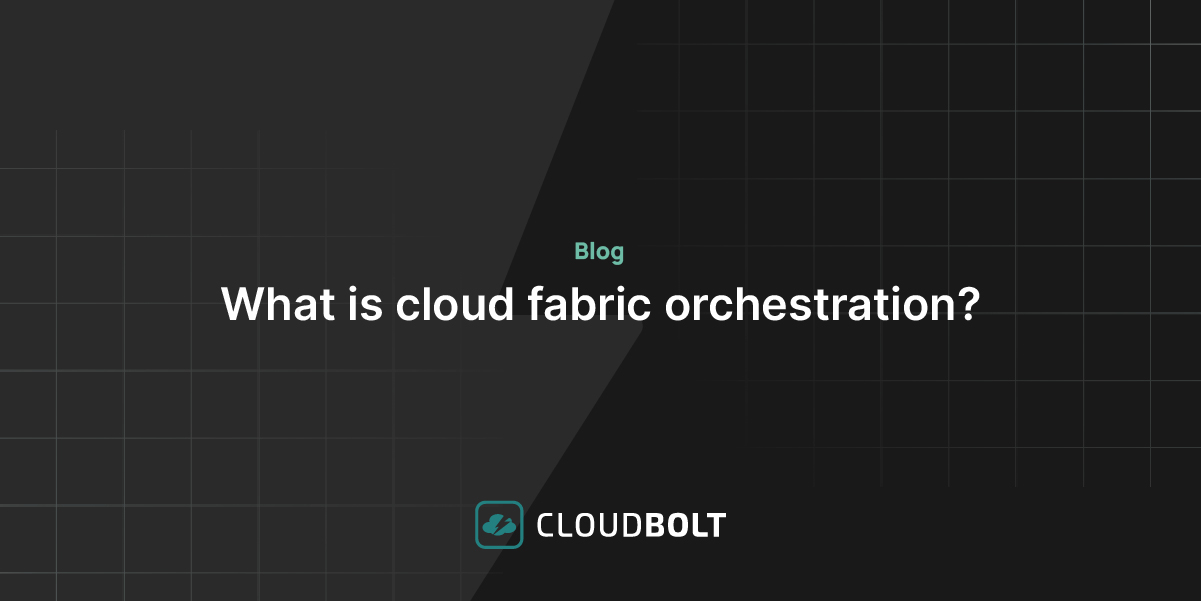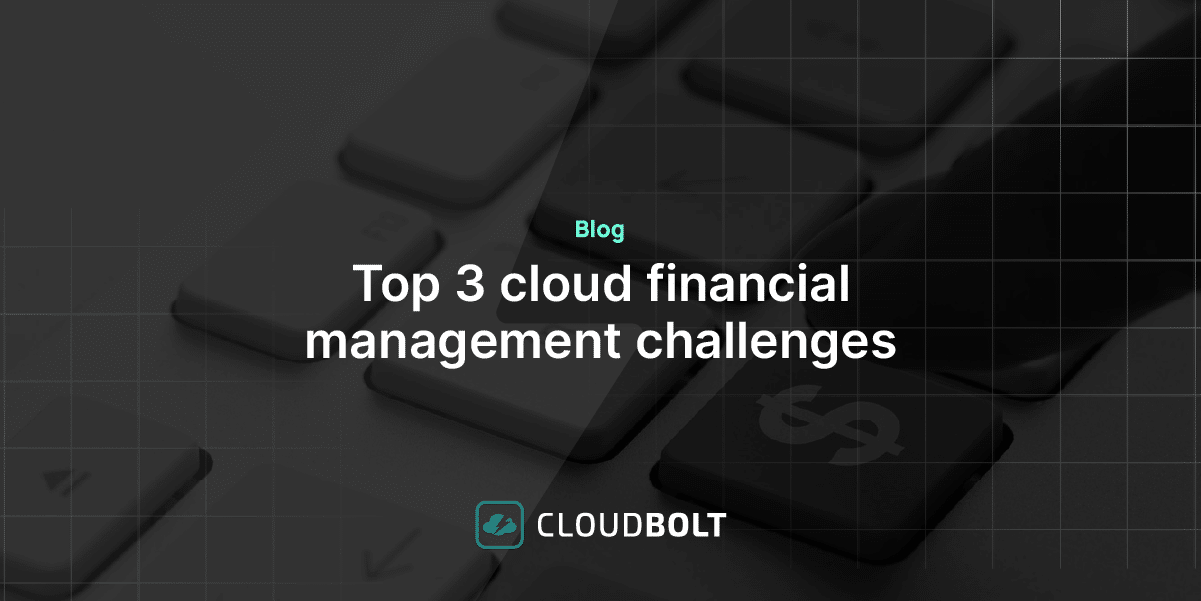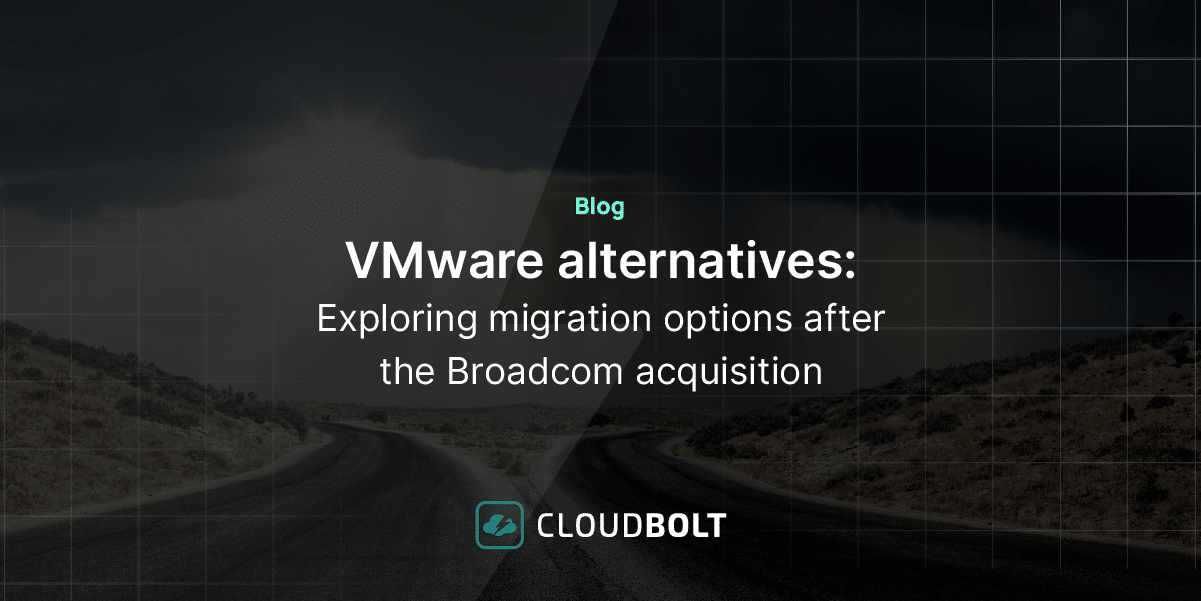
Although Kubernetes has been around for quite some time, the open-source container orchestration platform has recently gained traction with public announcements of support by big vendors like Google Cloud and VMware. Continuous integration, continuous delivery (CI/CD) software development continues to be what’s driving the greater awareness.
As enterprises consider moving more workloads to the cloud, it’s a great time to consider approaches that include containerization orchestrated by Kubernetes instead of just lifting and shifting traditional VMs that have been architected to run on premises in a data center. Kubernetes provides more agility and control of modular computing containers running microservices that can scale with demand.
Here’s a quick summary of how Kubernetes is deployed and managed.
Deploying a Kubernetes Cluster
The first step in getting started with Kubernetes is to deploy at least one controller node and typically two or more worker nodes as virtual machines running Kubernetes. This set of nodes as a cluster is where all the configuration and containerization will be deployed and run. The cluster makes up the capacity of compute power for containers to run.
Major public cloud providers provide managed Kubernetes clusters as a service. There’s Google Kubernetes Service (GKE), Amazon Elastic Kubernetes Service (EKS), and Azure Kubernetes Service (AKS). In addition, other vendors provide native Kubernetes cluster configurations and services. Once the clusters are set up and are running, you can manage the orchestration and configuration of containerization, typically Docker as the container service.
Kubernetes Pods and Nodes
The nodes in a Kubernetes cluster act as workers for the most part with a controller (master node) providing the instructions for each node. Each node will have pods that can dynamically change based on the controller management.They can scale up or down and as well as get started and stopped. As pods are scheduled to start and stop on the cluster worker nodes they run the containers specified to run at any given time or current state of the Kubernetes cluster. One or more containers can run on a pod and containers are where applications and services run at scale in the Kubernetes environment.
Managing a Kubernetes Cluster
Kubernetes clusters are managed using a Yet Another Markup Language (YAML) file. These files are simple text files that can be updated with conditions for the state of any Kubernetes cluster and managed in a central repository outside of the Kubernetes environment. For example, DevOps engineers can have a repository of YAML files in a Github account and several team members can be working any aspect of the Kubernetes environment to maintain and run containers in the target Kubernetes cluster environment. The files can be retrieved and executed from a command line or any Kubernetes management platform.
CloudBolt and Kubernetes
CloudBolt supports Kubernetes orchestration for enterprises in the following ways:
- Create a Kubernetes cluster on Google Cloud Platform
- Deploy a Kubernetes cluster to your virtualization environment
- Connect to any Kubernetes cluster and orchestrate containerization
See also: Orchestrating Docker Containerization with Kubernetes
See how CloudBolt can help you. Request a demo today!
Related Blogs

What is cloud fabric orchestration
Understanding the Cloud Fabric Before diving into the intricacies of cloud fabric orchestration, let’s first understand what we mean by…

